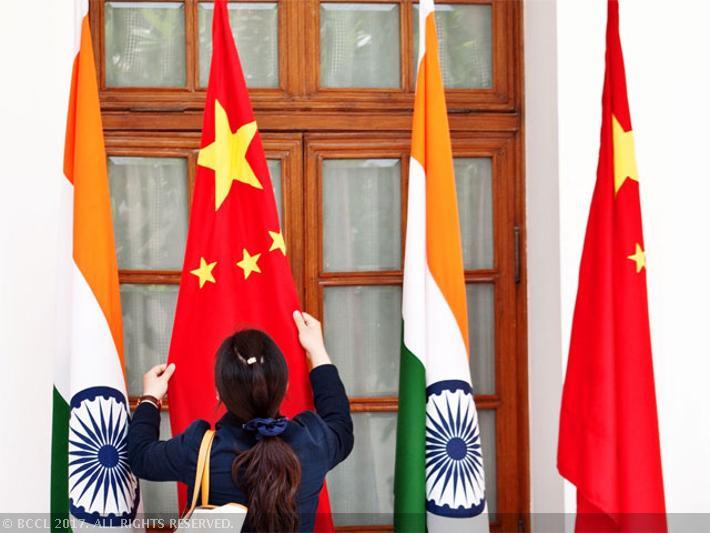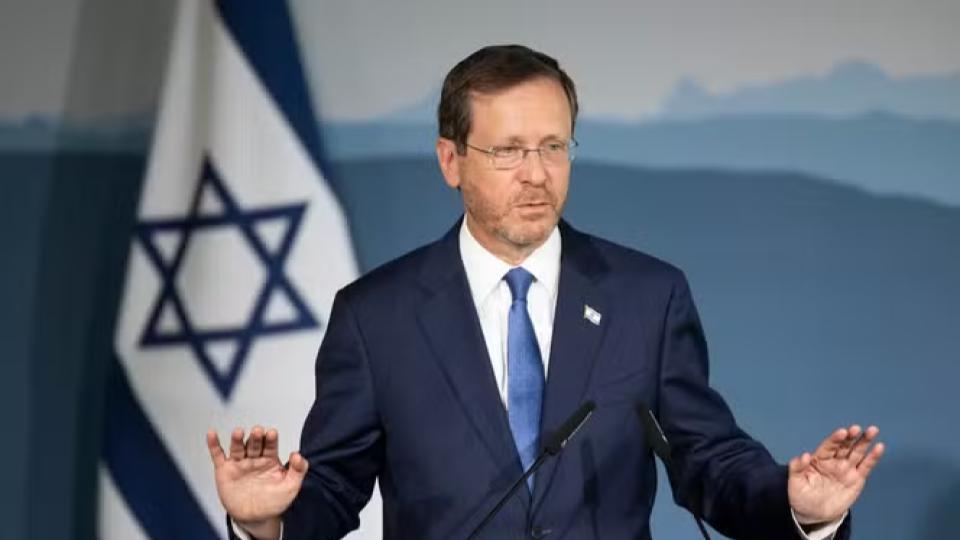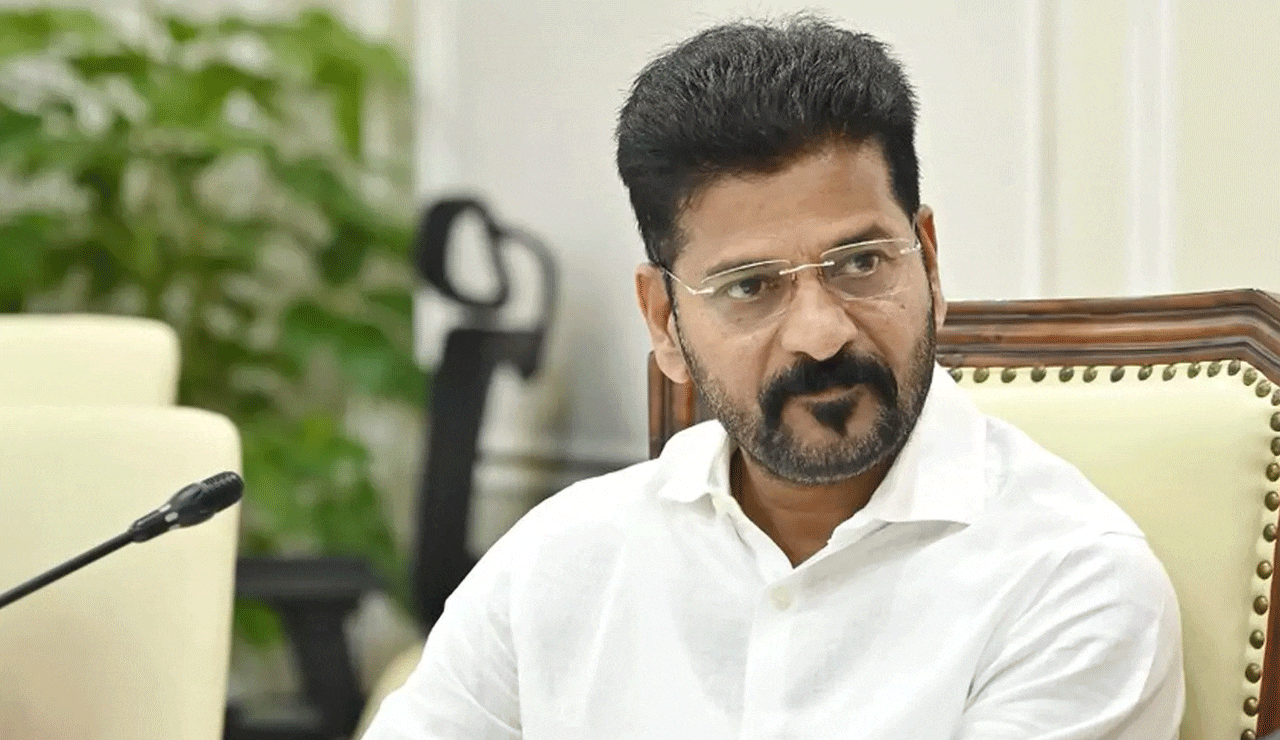India, China differences in RCEP offer opportunities for US
Fri 26 May 2017, 13:03:54

The differences between India and China inside the Regional Comprehensive Economic Partnership (RCEP) offer opportunities for the US which has withdrawn itself from the 12-nation Trans Pacific Partnership, American lawmakers have been told.
RCEP is made up of the 10 ASEAN countries along with Japan, South Korea, Australia, New Zealand, China and India.It is now seen as an alternative to the Trans Pacific Partnership (TPP), from which the Trump Administration has withdrawn the US.
“From what we know about the RCEP negotiations, India and China have a challenge agreeing on much,” Tami Overby, senior vice president, Asia at the US Chamber of Commerce, told lawmakers during a Congressional hearing on US Leadership in Asia-Pacific organised by the Senate Foreign Relations Subcommittee on East Asia.
“While the Chinese have been very clear that they want to drive these RCEP negotiations to conclusion this year, there is question in the region whether that will be minus India, or whether they perhaps will lower their standards even further to accommodate India,” he said in response to a question.
Between those two great powers there is an opportunity for the United States but Washington must engage, Overby said.He told lawmakers that withdrawal from the TPP was not good for the United States.
The US withdrew from the TPP that prior to this election, it was leading, he said. “We were pushing hard to ensure high standards, comprehensive rules, which are very important to American businesses,” Overby said.
“As we talk about China and India, and what they’re doing in clean energy, the US has a very strong innovation capabilities. But we need those high-standard rules to ensure that our innovation is rewarded and frankly protected,” Overby said.
Senator Edward Markey expressed his concern over China overtaking the US in many sectors.
“I’m concerned that China is rapidly overtaking the United States in this critical sector. Last year, China increased its foreign investment in renewables by 60 per cent to reach a record of USD 32 billion in one year,” he said.
“This includes 11 new overseas investment deals worth more than USD 1 billion apiece. In 2015, China invested over USD 100 billion in clean energy, twice that of what we invested here in the United States,” Markey said.
That same year, China overtook the United States as the largest market for electric vehicles with over 200,000 registrations to Chinese companies, he said.
Overby said
the Congress and the executive branch should recognise that without a coherent policy vision and concrete measures, it will be exceedingly difficult for the United States to compete regionally given China’s overwhelming presence and influence.
the Congress and the executive branch should recognise that without a coherent policy vision and concrete measures, it will be exceedingly difficult for the United States to compete regionally given China’s overwhelming presence and influence.
“China has captured much of the share of the Asian import market over the past 15 years, while the US share has declined from 12.2 per cent to 6.6 per cent even as Asian imports have increased more than threefold. US companies continue to see significant economic opportunity in China but are increasingly concerned about their future. They are due to China’s policies in critical areas ranging from I.P. to cloud computing,” he said.
“Concerns confronting our members are real and critically important. Business and government must work together to resolve these challenges.
“We’re hopeful the new comprehensive economic dialogue will not only drive time-fixed tangible outcomes but also persistent in systemic issues, including asymmetries in the market access, a range of industrial policies tied to made in China 2025, overcapacity IPR, cyber security data and anti- trust. US companies are operating in a fiercely competitive environment in Asia,” Overby said.
China is not only expanding its trade. It is aggressively spreading its economic influence through One Belt, One Road, the Asia Infrastructure Investment Bank and Silk Road initiatives. Other countries as well as the EU are aggressively pursuing trade agreements, infrastructure and other deals, Overby said.
Robert Orr, professor and dean, University of Maryland, School of Public Policy, said if the US does not find a way to fill the vacuum and demand for economic partners in the region, it is clear that China will attempt to.
“The Asia-Pacific, despite decades of growth, remains a developing region with the largest numbers of poor people in the world. While the US is pulled back from the Asia-Pacific region, China has systematically increased its development assistance through both bilateral and multilateral mechanisms,” Orr said.
He said the establishment of the Asian Infrastructure Investment Bank reflects the increased role China sees for itself in the region, successfully securing capital commitments totalling a hundred billion dollars from leading nations worldwide, including many US allies.
“In the face of China commanding a greater role for itself, cuts to our economic development tools in the region — USAID, OPEC, Ex-Im Bank will only quicken our retreat,” he said.
No Comments For This Post, Be first to write a Comment.
Most viewed from Specials
Most viewed from World
AIMIM News
Latest Urdu News
Most Viewed
May 26, 2020
Do you think Canada-India relations will improve under New PM Mark Carney?
Latest Videos View All
Like Us
Home
About Us
Advertise With Us
All Polls
Epaper Archives
Privacy Policy
Contact Us
Download Etemaad App
© 2025 Etemaad Daily News, All Rights Reserved.













.jpg)
.jpg)
.jpg)
.jpg)
.jpg)
.jpg)
.jpg)
.jpg)
.jpg)




















